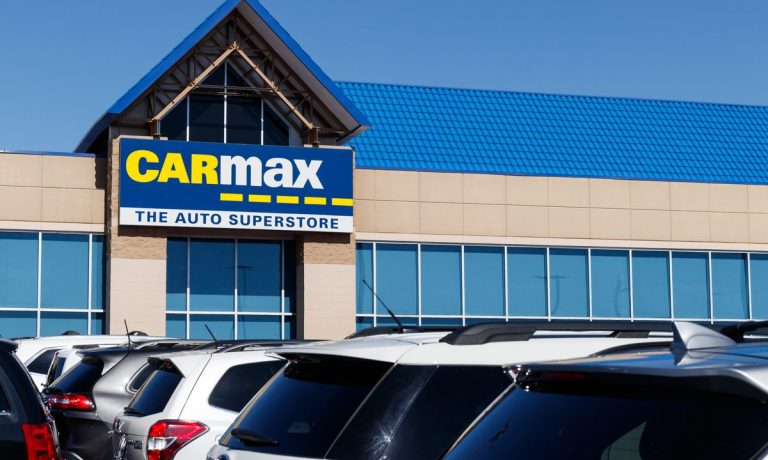CarMax Struggles to Build Inventory as Vehicle Shortage Continues

Used car dealership chain CarMax said its inventory remains about 30% lower than it expected and down 15% year over year, cutting into vehicle availability but not yet impacting the company’s sales.
President and CEO Bill Nash told analysts on a conference call the issue isn’t CarMax’s ability to acquire cars but rather continued fallout from the impacts of COVID-19. The company typically builds up its inventory early in the year, but it wasn’t able to do that because of disrupted new vehicle production and record sales in the spring.
“It certainly has been a headwind,” Nash said.
For CarMax, this means a heavier reliance on its new online instant appraisal feature, launched in February and already used to purchase 350,000 cars from consumers. In the second quarter, CarMax purchased a total of 364,263 cars, up 59% year over year; approximately 188,000 were purchased through online instant appraisal offerings.
Officially, CarMax recorded net revenue of $8 billion, up nearly 49% compared to the second quarter of 2020, primarily because of higher selling prices. The company sold a total of 419,895 of cars through both its retail and wholesale channels, up nearly 20% year over year. Retail sales increased 6.7% to nearly 231,800 vehicles, and wholesale sales increased 41% to approximately 188,100 vehicles, an all-time quarterly record.
Nash said approximately 9% of retail sales occurred online, up from last year’s share of 3%, and 55% were omnichannel, meaning that at least one part of the purchase experience occurred remotely. Nash told analysts that CarMax remains on track to bring a fully self-service online experience to all retail consumers by the end of the fiscal year.
“We’ve intentionally built our omni-channel platform to give every customer the ability to progress to a sale or buy regardless of how they shop with us, which will enable sustainable growth and create meaningful long-term shareholder value,” the CEO said.
Despite higher sales, CarMax’s gross profit per used car sold fell to $2,185, down 1.3% but still in line with historical performance, the company said. Wholesale profit per unit was $1,005, an $81 per-unit decrease compared to last year.
Sizing Up the Competition
CarMax’s second-quarter results follow a series of strong earnings from other online sellers of used cars. Last month, Carvana reported that its revenue was up nearly 200% in the second quarter compared to the same period last year after it sold more than 100,000 vehicles for the first time, up 96% versus the second quarter of 2020.
See: Carvana Revenue Up 200 Pct As Used Cars Remain Hot
Earlier this week, Cazoo Holdings, a U.K.-based car marketplace, said its revenue was up 521% year over year, selling over 20,000 cars during the first half of the year. In the first half of 2020, Cazoo sold just over 4,000 vehicles. Alex Chesterman, OBE, founder and CEO of Cazoo, said in a news release that he expects the company to reach $1 billion in revenue by the end of 2021.
Read more: UK Online Car Retailer Cazoo Projects $1B in Revenue by the End of 2021
Continued growth for any car retailer, though, relies on the continued availability of inventory, which is far from guaranteed as the semiconductor shortage continues to plague vehicle manufacturers. Earlier this month, General Motors said eight of its 14 North American factories would go temporarily dark because of the shortage; and as of the end of August, the number of available cars, both new and used, had fallen by one-third year-over-year, according to Bloomberg Intelligence.
“The chip shortage looks like it’s going to be longer than what people originally thought,” Nash said.